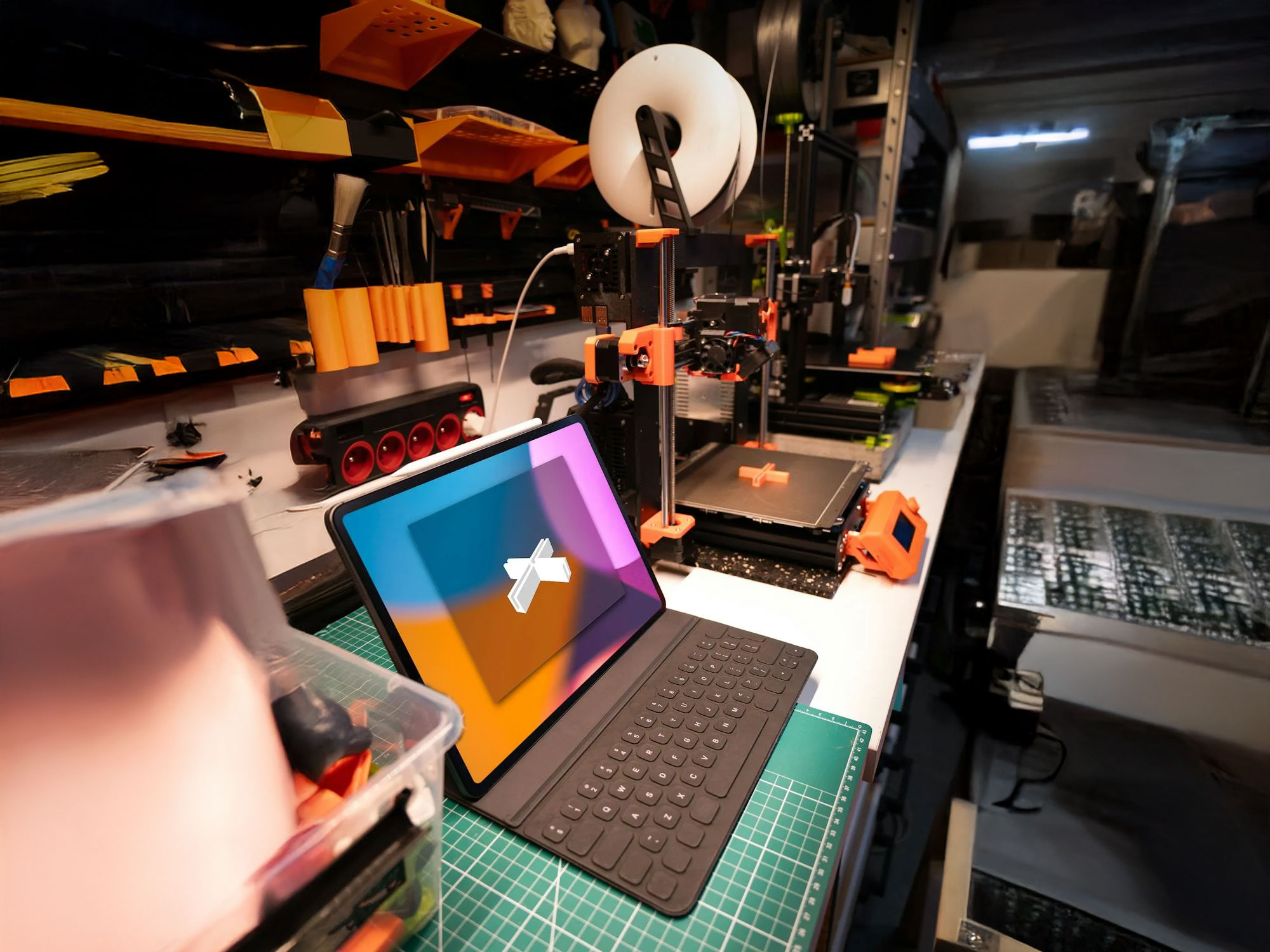
Invisible Barcodes: The Future of Packaging Without Compromising Design
In the world of packaging, where functionality and aesthetics often clash, invisible barcodes are making waves as a groundbreaking solution. These sneaky little data carriers allow brands to keep their sleek designs intact while still meeting the practical demands of retail and logistics. But what exactly are invisible barcodes, and why are they causing such a stir?
What Are Invisible Barcodes?
Invisible barcodes are essentially barcodes you can’t see. Unlike the usual black-and-white barcode stripes or QR codes, these barcodes are printed using specialized materials and techniques. They’re invisible to the naked eye, but when scanned with specific devices—like ultraviolet (UV) or near-infrared (NIR) scanners—they work just like any other barcode, carrying data that helps with product tracking and inventory management.
These invisible codes blend seamlessly into packaging designs, so the branding stays front and center, with no disruptive, bulky barcodes stealing the spotlight.
Why Invisible Barcodes Are a Game-Changer
1. Preserving Packaging Aesthetics
Imagine a luxury skincare box or a minimalist craft beer label that tells the brand's story through design. A big, obvious barcode can ruin that vision. Invisible barcodes eliminate this problem, making sure the design shines while still keeping the packaging functional.
Example: Japanese retailer MUJI uses invisible barcodes printed with UV-sensitive ink on their products. This allows them to keep their signature clean, simple designs while still complying with retail barcode requirements.
2. Making Retail Operations Smoother
Barcodes aren’t just for looks—they’re essential for inventory management, checkout, and tracking. Invisible barcodes work the same way as traditional ones but without altering the consumer-facing design. They help streamline retail operations without getting in the way.
Example: Nestlé has implemented invisible digital watermarks on its packaging under the HolyGrail 2.0 initiative. These watermarks are invisible to consumers, yet when scanned, they provide vital tracking and recycling information.
3. Boosting Sustainability Efforts
Invisible barcodes play a key role in sustainability. They enable more efficient recycling by embedding important sorting data into packaging, helping automated systems identify and process recyclable materials accurately.
Example: Unilever has tested invisible watermarks to improve recycling accuracy. These markings allow sorting systems to better separate materials, helping the recycling process run smoother.
Practical Uses of Invisible Barcodes
1. In Retail and Consumer Goods
In a competitive retail market, product appearance matters. Brands like Heineken have experimented with invisible barcodes on bottle labels, allowing them to preserve their premium design while still meeting logistical needs.
2. Fighting Counterfeiting
Luxury brands, pharmaceuticals, and high-end electronics are increasingly concerned with counterfeit products. Invisible barcodes provide a hidden layer of security, ensuring product authenticity and protecting brands from fraud.
Example: Louis Vuitton uses invisible barcodes to protect against counterfeiting while maintaining their signature style.
3. Smart Recycling
Invisible barcodes are helping initiatives like HolyGrail 2.0, a project designed to improve recycling efficiency. By embedding valuable recycling data into packaging, sorting facilities can better identify and process materials.
4. Ticketing and Authentication
Invisible barcodes also make ticketing more secure. They ensure legitimate entry to events or authenticate luxury items, reducing fraud.
Example: Coachella has experimented with tickets featuring invisible barcodes, scanned under UV light to combat counterfeiting and streamline event access.
How Are Invisible Barcodes Made?
Invisible barcodes are created using advanced printing techniques, such as:
- UV Ink Printing: Invisible under normal light but glowing under UV light.
- Near-Infrared (NIR) Technology: Uses materials that reflect infrared light, readable only by special scanners.
- Digital Watermarking: Embeds data into packaging images that’s invisible to the human eye but detectable by scanning software.
Challenges and Future Outlook
Though invisible barcodes hold great promise, there are some hurdles:
- Cost: The technology behind invisible barcodes can increase production costs, which might make it less accessible for smaller businesses.
- Supply Chain Compatibility: Ensuring that existing scanning systems can work with invisible barcodes is essential for their widespread use.
However, as technology improves and the demand for clean, sustainable packaging grows, invisible barcodes are on track to become an industry standard.







